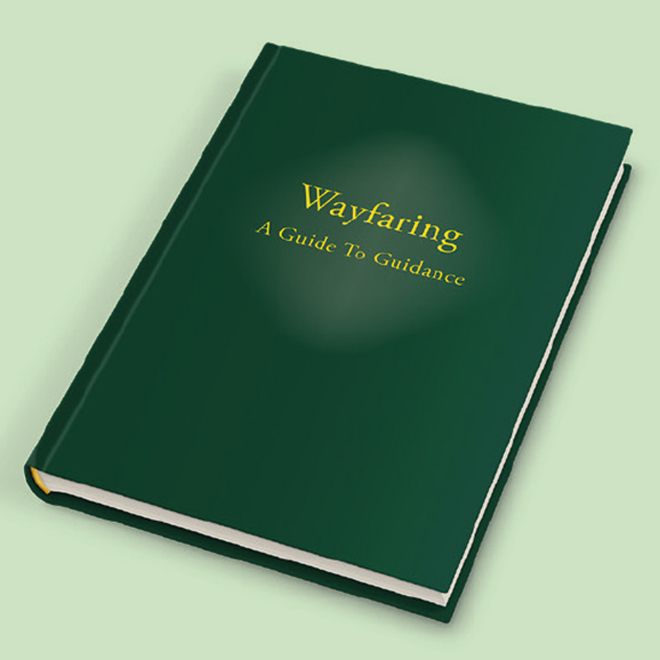Florence demonstrating good listening during a workshop in Rukaramu (Burundi). Photo: David Zarembka
The candlelight of peace
David Zarembka describes the work being done to bring sides together
I was raised in St Louis, Missouri, and my parents would take us on one-day trips to the large limestone caves in the Ozark Mountains, Meramec Caverns and Onondaga Cave. We would take a guided tour and, once we reached a large cavern inside, the guide would switch off the electric lights. It would be so dark that I couldn’t even see my hand an inch away from my eyeball. Then the guide would strike a match and light a candle. The whole cavern would light up. I was amazed at how much light one small candle could give out.
